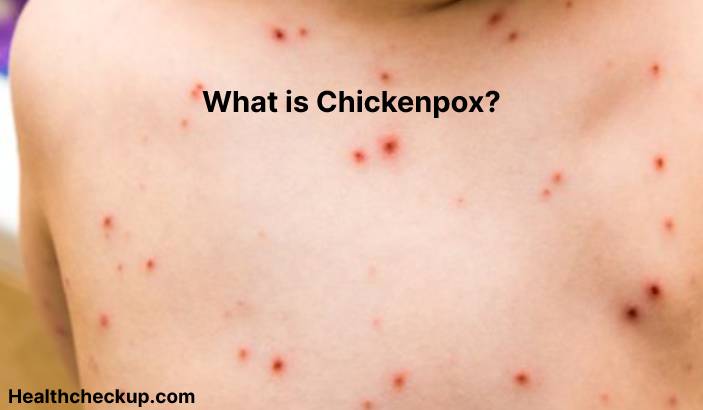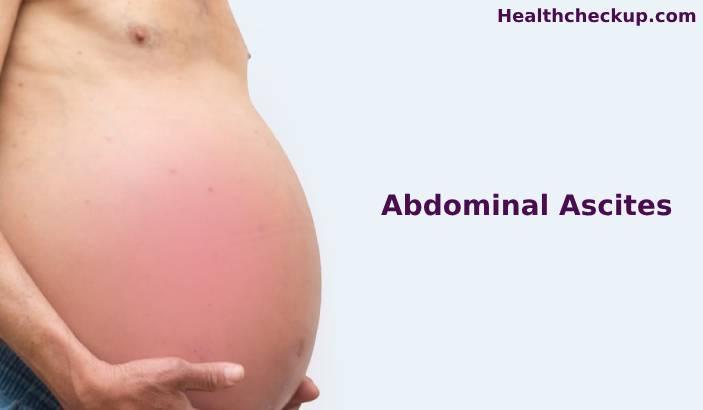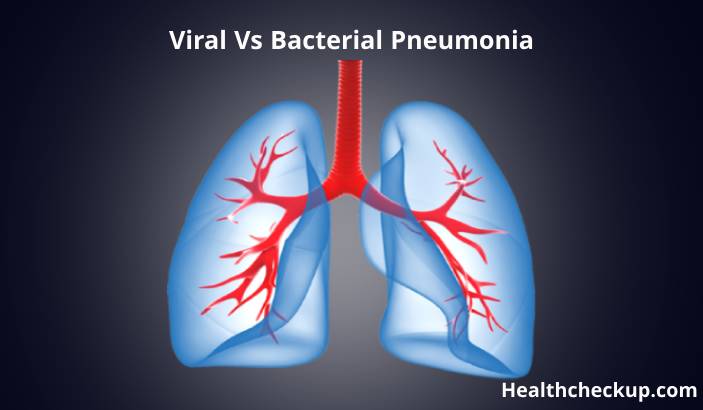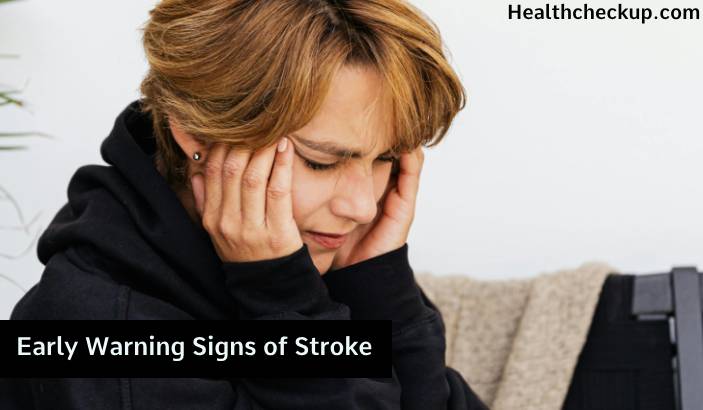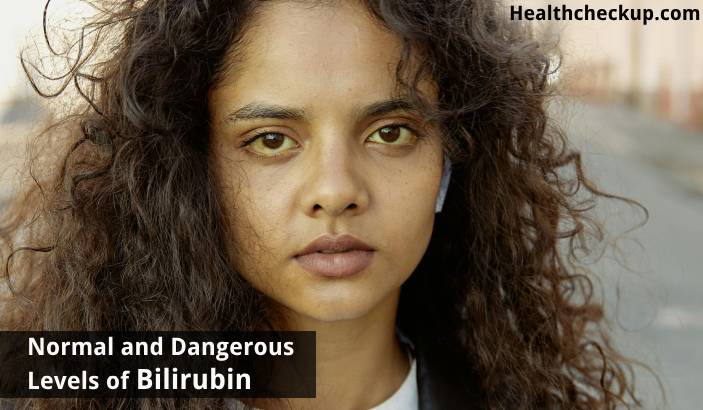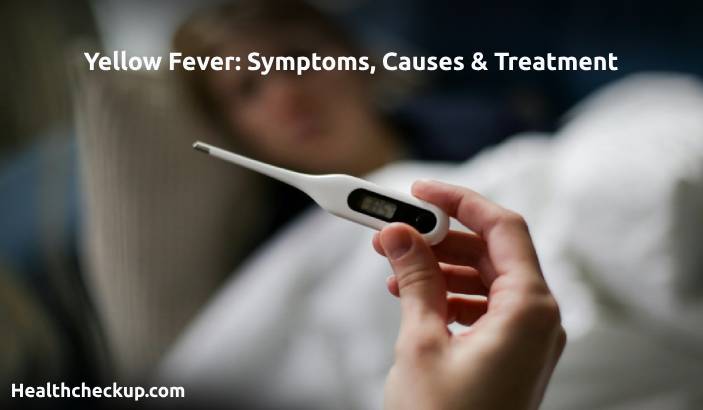Chickenpox is a viral infection caused by the varicella-zoster virus. It is characterized by a rash of itchy, fluid-filled blisters on the skin. In this article, we will explore the symptoms, diagnosis, treatment, and prevention of chickenpox.
Symptoms of chickenpox
Symptoms of chickenpox can range from mild to severe and include:
- Rash of itchy, fluid-filled blisters on the skin
- Fever
- Tiredness
- Loss of appetite
- Headache
The rash typically appears within 10 to 21 days after exposure to the virus and can spread over the entire body. The rash also appears on the scalp, face, and inside the mouth, nose, and throat.
Diagnosis of chickenpox
Chickenpox is typically diagnosed based on the characteristic rash and symptoms. A healthcare provider also asks about the person’s recent exposure to the virus.
Treatment of chickenpox
Treatment for chickenpox is typically supportive, as the infection will often resolve on its own within a week or two. This includes measures to manage symptoms, such as over-the-counter pain medications and oatmeal baths to soothe the rash.
In severe cases or in individuals with compromised immune systems, antiviral medications are used to shorten the duration of the infection and reduce the risk of complications.
Prevention of chickenpox
Chickenpox can be prevented through vaccination. The varicella vaccine is typically given to children at 12 to 15 months of age and again at 4 to 6 years of age. The vaccine is also recommended for adults who have not previously had chickenpox or the vaccine.
In addition to vaccination, good hygiene practices, such as washing hands and avoiding contact with infected individuals, can help to reduce the risk of infection.
It is important to seek medical attention if chickenpox is suspected, as early treatment can help to reduce the risk of complications and long-term health effects.


